The Husky Dog: A Complete Guide
The Husky, known for its striking appearance and incredible stamina, is one of the most iconic dog breeds in the world. With their wolf-like looks, piercing blue or multicolored eyes, and thick double coats, Huskies are more than just pretty faces — they are intelligent, hardworking, and endlessly energetic companions.
1. Breed Overview
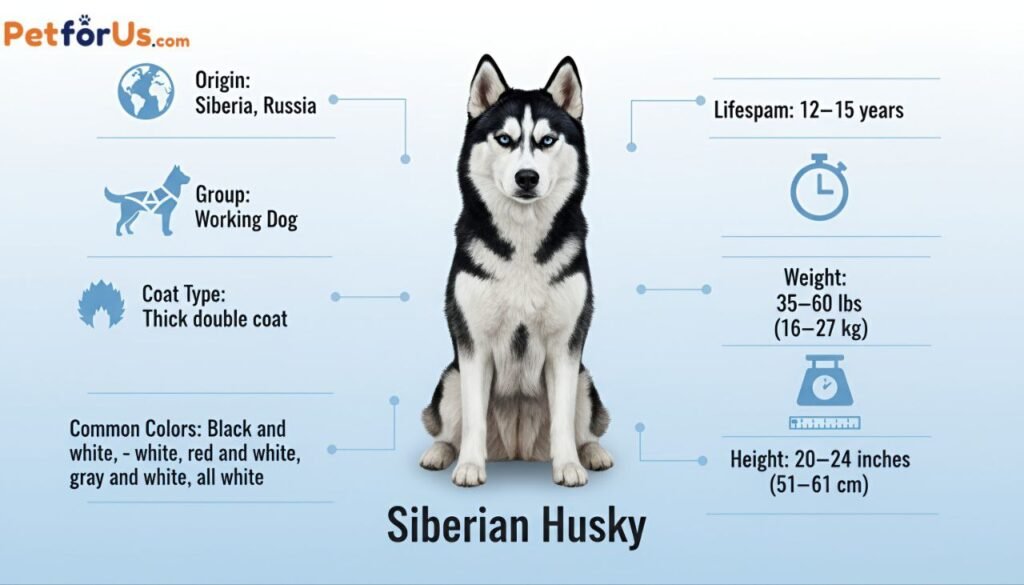
2. History and Origin
The Siberian Husky originated among the Chukchi people of northeastern Siberia. Bred as sled dogs, Huskies were essential for transporting goods and people across long distances in harsh arctic conditions. Their ability to work in packs, endure freezing temperatures, and travel miles without tiring made them invaluable.
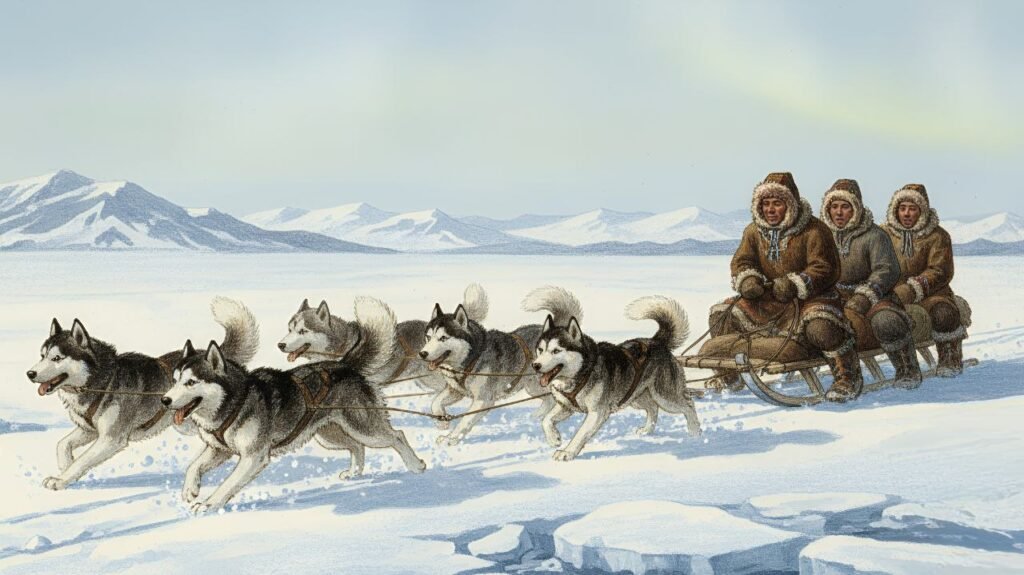
In the early 20th century, Huskies were brought to Alaska during the gold rush and quickly gained fame for their speed and endurance. One of the most famous Huskies, Balto, led a life-saving mission delivering diphtheria serum to Nome, Alaska, in 1925 — a feat that made Huskies globally known.
3. Physical Characteristics
Huskies are known for their graceful, athletic build and wolf-like appearance.
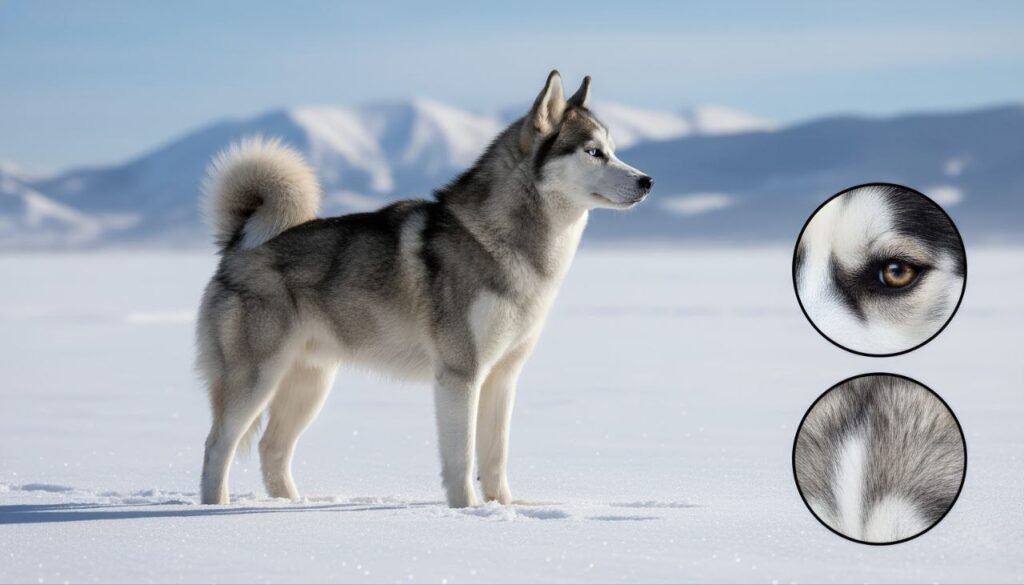
Key Features:
- Eyes: Bright blue, brown, or even one of each (heterochromia).
- Ears: Pointed and erect.
- Tail: Bushy and often curls over the back.
- Fur: Dense double coat, insulating them from cold weather.
- Build: Lean but muscular, built for stamina rather than brute strength.
4. Temperament and Personality
Huskies are intelligent, independent, and high-energy dogs. They’re affectionate with people but not typically aggressive — which makes them poor guard dogs, despite their intimidating looks.
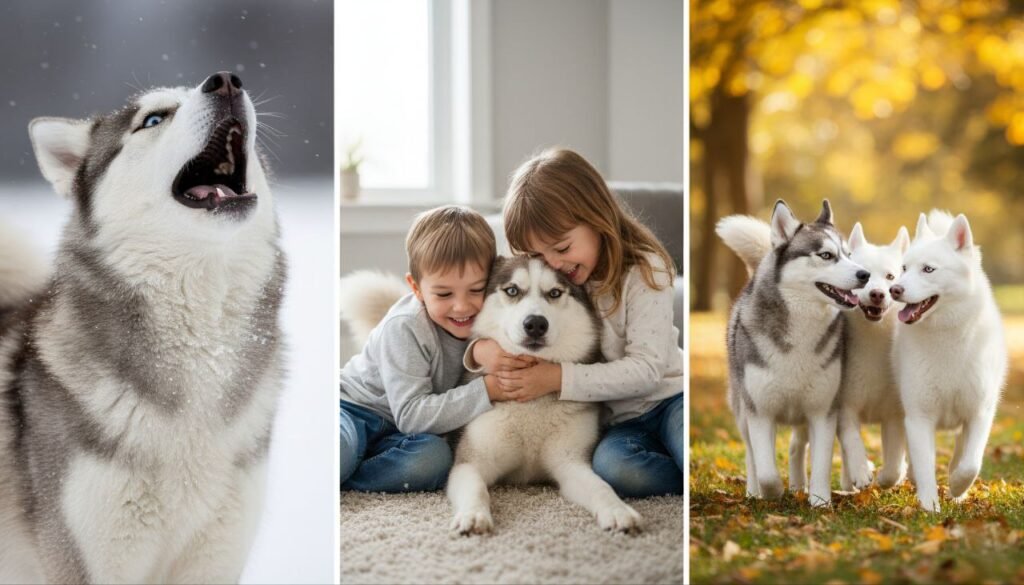
Traits:
- Friendly: Great with families and children.
- Energetic: Needs regular exercise and mental stimulation.
- Independent: Can be stubborn and strong-willed.
- Vocal: Known for howling, “talking,” and making expressive sounds.
- Pack-Oriented: Enjoys being with other dogs or humans — hates being left alone.
5. Exercise and Training Needs
Huskies are not your average couch-potato dogs. They were bred to run for hours, and without adequate exercise, they can become bored and destructive.
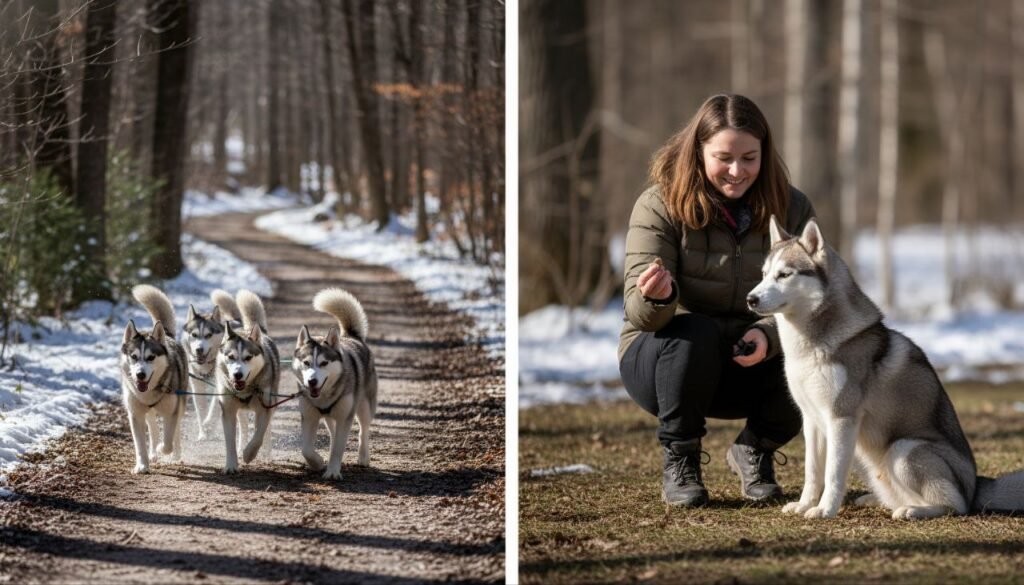
Daily Needs:
- Exercise: Minimum 1–2 hours of active play or running.
- Mental Stimulation: Puzzle toys, training sessions, or agility courses.
- Training: Early and consistent training is vital; they respond well to positive reinforcement but can be stubborn.
6. Grooming and Care
Despite their thick coats, Huskies are surprisingly clean dogs with little odor.
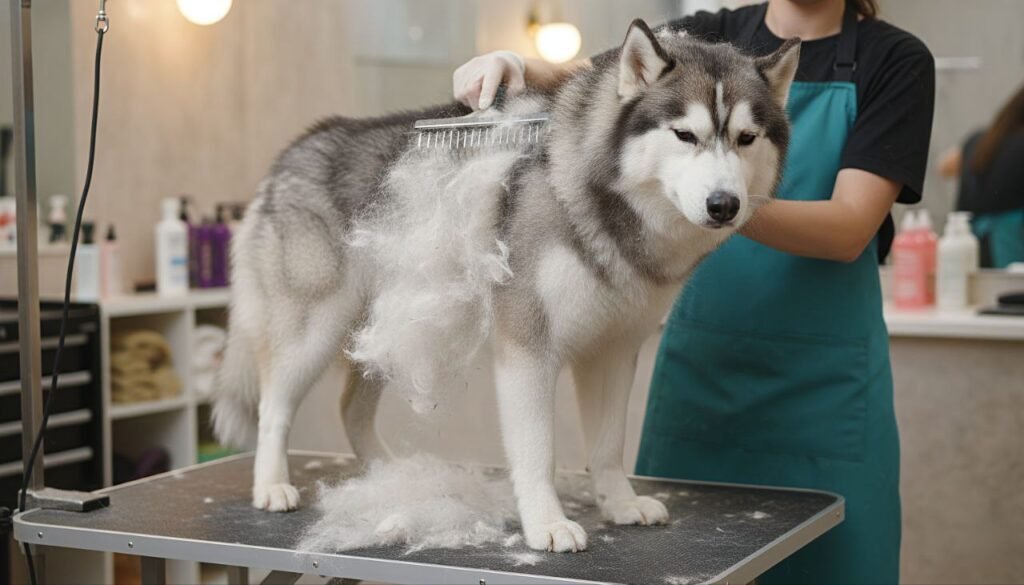
Grooming Tips:
- Brushing: 2–3 times a week; daily during shedding season (spring and fall).
- Bathing: Only when dirty — their coats naturally repel dirt.
- Shedding: Heavy seasonal “blowouts” where they shed their undercoat.
- Nail Trimming and Dental Care: As with any breed, regular grooming is necessary.
7. Health and Common Issues
Siberian Huskies are generally healthy and hardy, but they can be prone to certain genetic conditions.
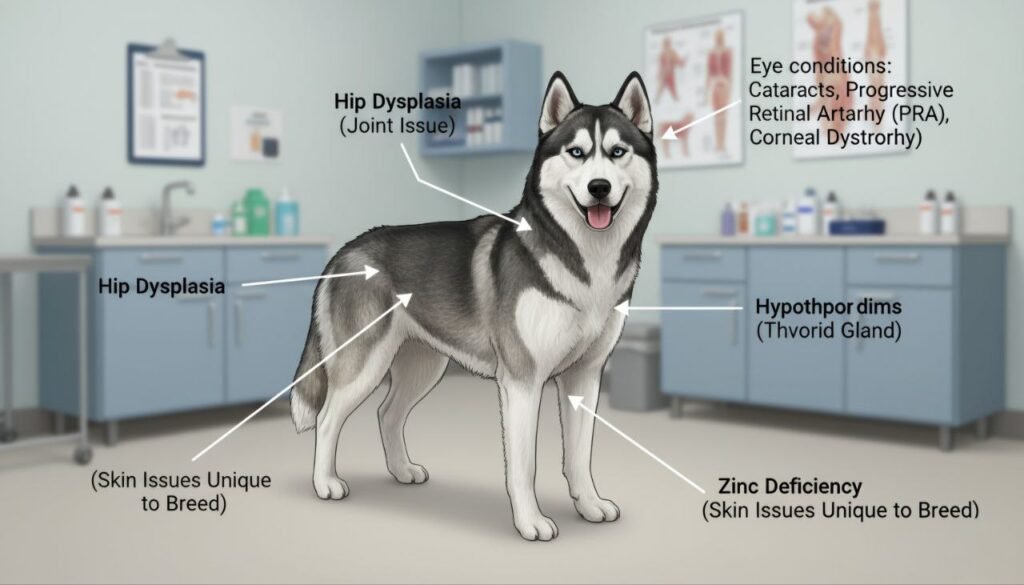
Common Health Concerns:
- Hip Dysplasia
- Eye conditions: Cataracts, progressive retinal atrophy, corneal dystrophy
- Hypothyroidism
- Zinc deficiency: Unique to the breed, may cause skin issues
Husky’s Regular vet check-ups, a balanced diet, and an active lifestyle are key to a long, healthy life.
Also read: German Pinscher The Ultimate Guide to This Incredible Breed
8. Diet and Nutrition
Huskies are known for being efficient eaters, needing less food than other breeds of similar size due to their metabolism.
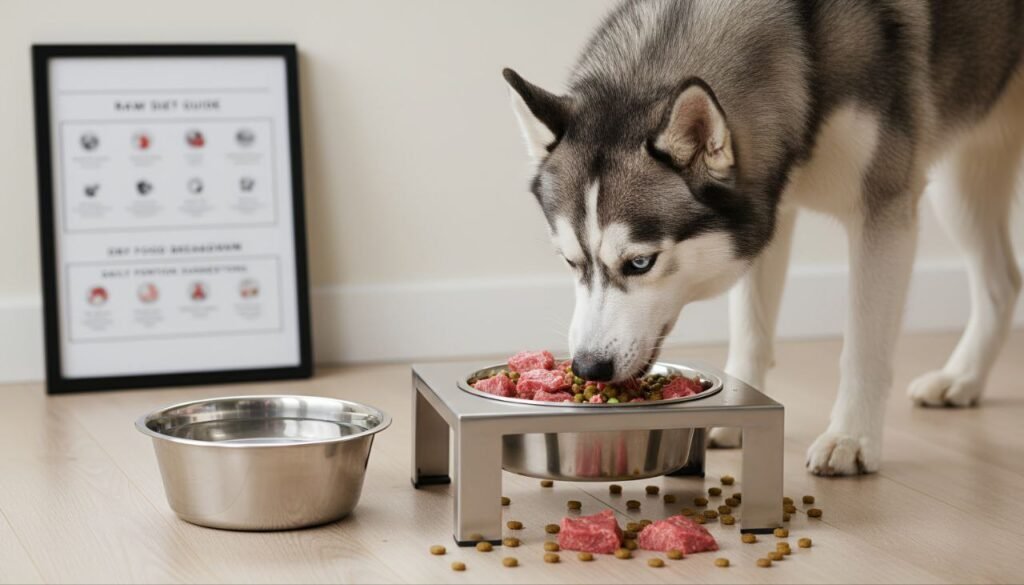
Tips:
- High-quality dog food: Rich in protein and fat.
- Avoid overfeeding: Huskies can gain weight if inactive.
- Fresh water: Always essential, especially during exercise.
9. Living Environment
Huskies thrive in homes where they can run and play, ideally with a large yard. However, they are known escape artists — they can dig under or jump over fences.
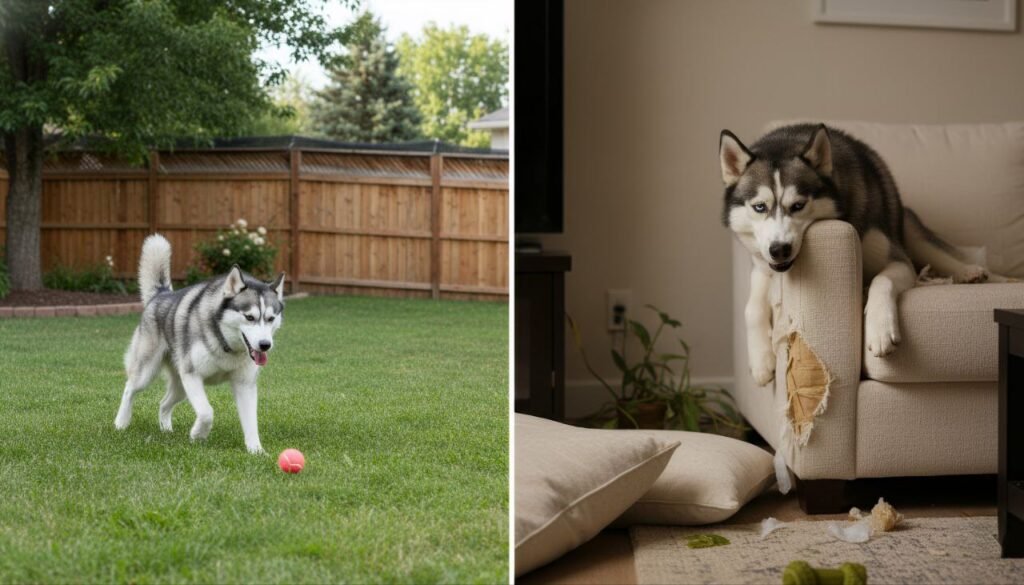
Husky’s Not Ideal For:
- Apartment living (unless extremely active).
- Hot climates (need to be kept cool).
- Owners who are sedentary or gone for long hours.
10. Pros and Cons of Owning a Husky
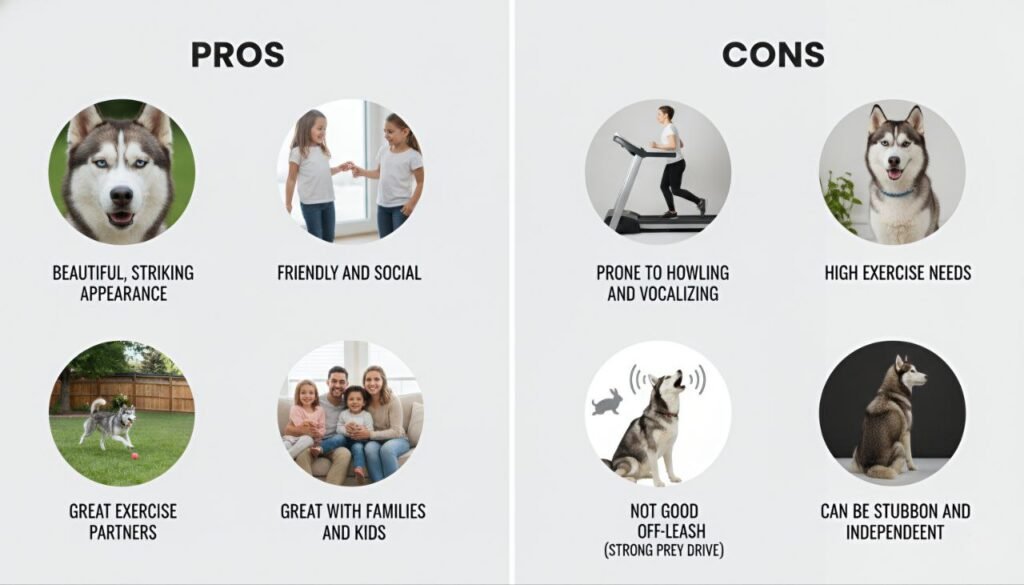
✅ Husky’s Pros:
- Beautiful, striking appearance
- Friendly and social
- Intelligent and trainable (with patience)
- Great with families and kids
- Fun and energetic
❌ Husky’s Cons:
- High exercise needs
- Prone to howling and vocalizing
- Not good off-leash (strong prey drive)
- Sheds heavily
- Can be stubborn and independent
11. Fun Facts About Huskies
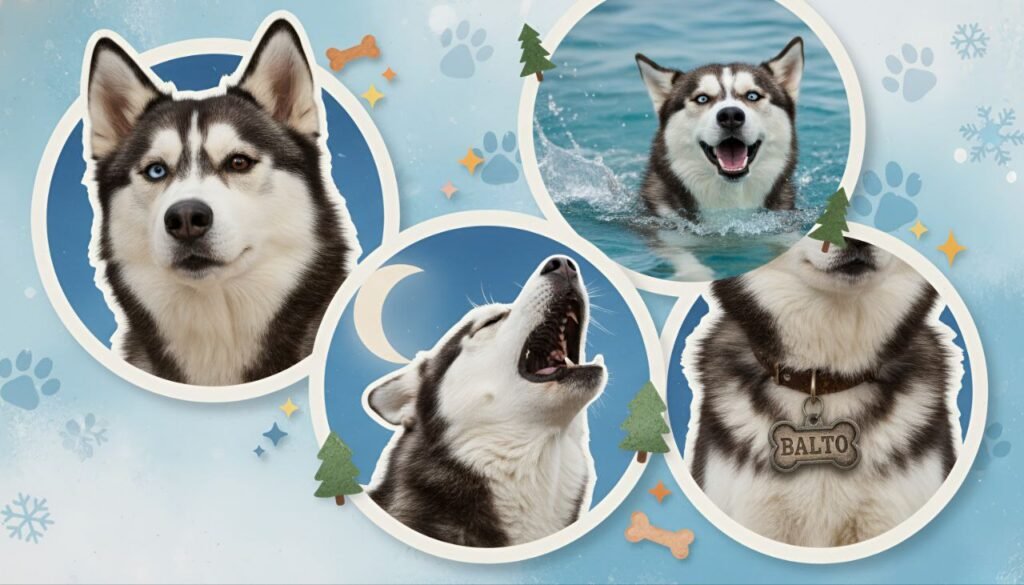
- Huskies can change eye color as they age.
- They have webbed feet for walking on snow.
- A team of Siberian Huskies once saved an entire town — the 1925 serum run to Nome.
- They don’t bark much but howl like wolves.
- Despite their cold-climate background, Huskies regulate their body temperature well, but must still be monitored in hot weather.
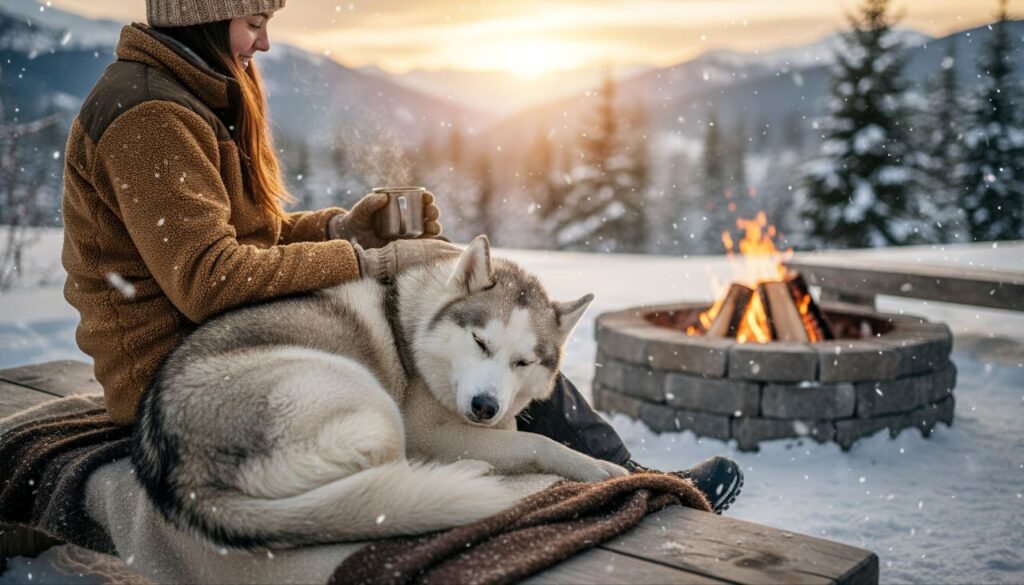
The Siberian Husky is a majestic, loyal, and powerful dog breed suited for experienced and active owners. They require commitment, consistency, and a lot of physical activity, but in return, they offer endless affection, fun, and a unique bond.
If you’re ready for a challenge and want a loyal companion who’s as full of spirit as they are fur — the Husky may be your perfect match.

